Gyarsibai v. State AIR 1953 CrLJ 558

Quick Summary
Gyarsibai v. State is about a mother who jumped into a well with her three children. The Court held that even if her main aim was suicide, she knew the act was imminently dangerous and would probably cause death. So, under Section 300 4thly IPC, it amounted to murder. Her personal distress was considered at sentencing, reducing the punishment. A separate conviction stood for Section 309 IPC (attempt to commit suicide).
Issues
- Did the appellant have knowledge that jumping into a well with her children was so dangerous that it would probably cause their death and without any excuse—thus amounting to murder under Section 300 4thly read with Section 302 IPC?
- By jumping into the well, did she also commit the offence under Section 309 IPC (attempt to commit suicide)?
Rules
- Section 300 4thly IPC: If a person knows an act is so imminently dangerous that it will, in all probability, cause death (or such bodily injury as is likely to cause death) and does it without excuse, it is murder.
- Knowledge presumption: Every sane person is presumed to know the natural consequences of their acts.
- Necessity/justification: If a clear alternative exists to avoid the harm, there is no valid excuse for taking the deadly risk.
- Section 309 IPC: Attempting to commit suicide is an offence (as per the law at the time of the case).

Facts (Timeline Style)
Arguments
Appellant
- No intention to murder; the aim was suicide due to harassment.
- Mental distress should reduce culpability and sentence.
- Act was a desperate response; not a cold-blooded killing.
Respondent (State)
- A sane person knows such an act will probably cause death.
- There were alternatives to avoid harm; hence no valid excuse.
- Section 300 4thly squarely applies; Section 309 also attracted.

Judgment
The High Court held that the case falls under Section 300 4thly. Though she intended suicide, she knew the act was imminently dangerous and would probably cause death of the children, and she acted without excuse. Therefore, the act amounted to murder. However, considering her disturbed condition, the Court reduced the sentence under Section 302 from transportation for life to three years’ rigorous imprisonment. The Section 309 IPC conviction (one year’s simple imprisonment) was left intact.
- Murder (Sec. 302 read with Sec. 300 4thly): Upheld (sentence reduced)
- Attempt to commit suicide (Sec. 309): Upheld
Ratio Decidendi
Knowledge + no excuse = murder (Sec. 300 4thly). Even if the actor’s overall aim is suicide, when a sane person knowingly takes an imminently dangerous step that will probably cause death of others, and when safer options exist, the law treats it as murder.
Why It Matters
- Clarifies the scope of Section 300 4thly—focus on knowledge and absence of excuse, not only intention to kill.
- Separates conviction logic from sentencing compassion.
- Important for exam answers on knowledge vs intention in murder.
Key Takeaways
- A sane person is presumed to know deadly consequences.
- If safer alternatives exist, “desperation” is not a legal excuse.
- Mental distress can reduce sentence, not necessarily the conviction.
Mnemonic + 3-Step Hook
Mnemonic: K.N.O.W. — Knowledge, No excuse, Others die, Willful risk.
- Knowledge of a deadly, imminent risk.
- No valid excuse since alternatives existed.
- Others’ deaths are a probable outcome.
- Willful step still taken → Section 300 4thly.
IRAC Outline
| Issue | Does jumping into a well with her children amount to murder under Section 300 4thly and also attract Section 309 IPC? |
|---|---|
| Rule | Section 300 4thly: knowledge of imminent deadly risk + no excuse = murder; Section 309: attempt to commit suicide is an offence. |
| Application | Being sane, she is presumed to know the danger; she had other options; hence the act falls under Section 300 4thly despite suicidal intent. |
| Conclusion | Convictions upheld; sentence for murder reduced due to circumstances; Section 309 sentence sustained. |
Glossary
- Section 300 4thly
- Murder based on knowledge of a deadly act done without excuse, even if there is no direct intent to kill.
- Knowledge vs Intention
- Knowing the probable deadly outcome can be enough for murder under 4thly; intention to kill is not always required.
- Section 309 IPC
- Offence of attempting to commit suicide (as per law at the time of this case).
FAQs
Related Cases & Concepts
Section 300 4thly Themes
- Imminently dangerous acts with probable death.
- Knowledge substitute for specific intent to kill.
Exam Pointers
- Separate liability from sentencing.
- Discuss alternatives and “no excuse”.
- Mention Section 309 where relevant.
Share
Related Post
Tags
Archive
Popular & Recent Post






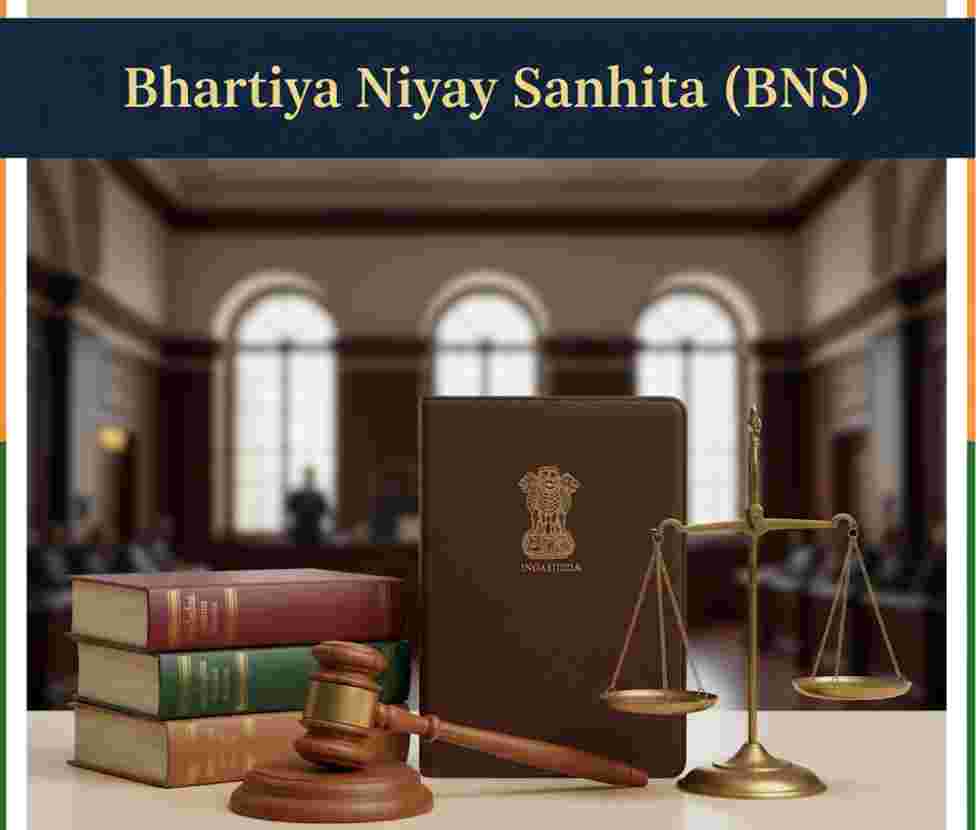

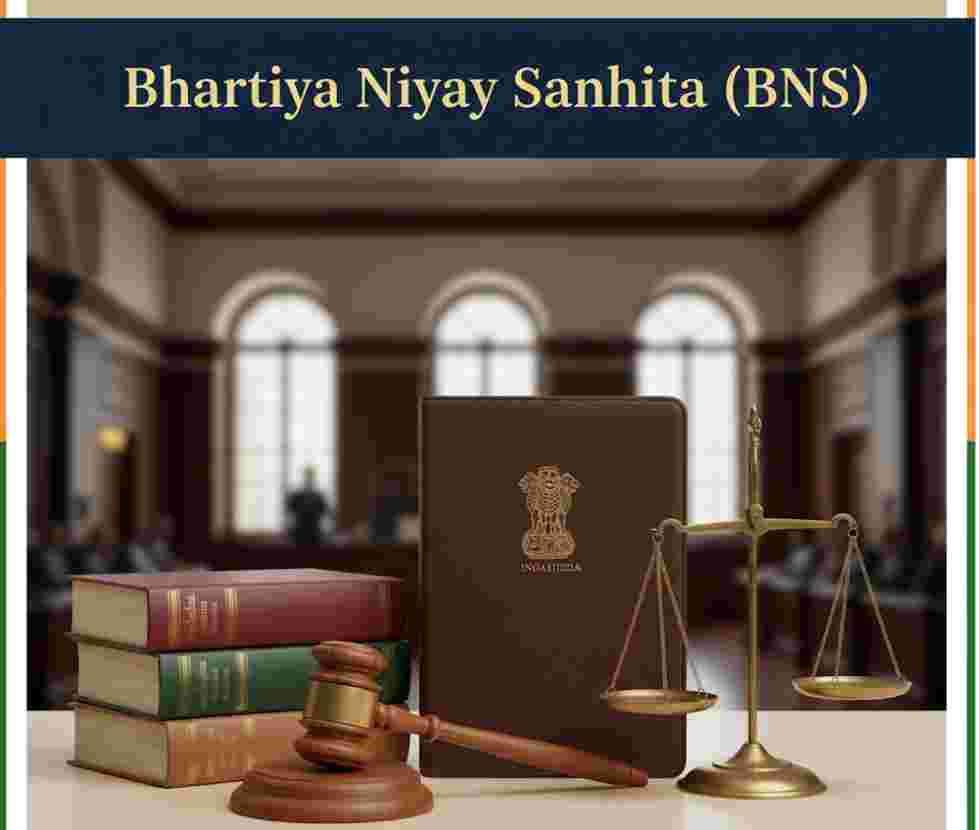
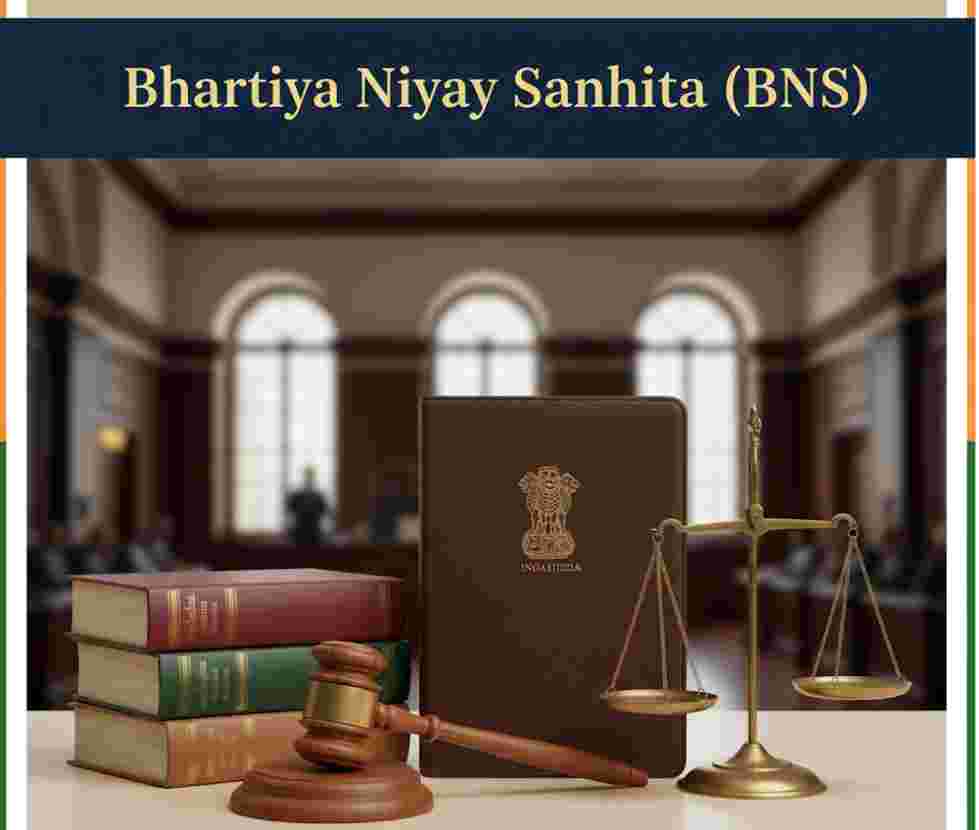
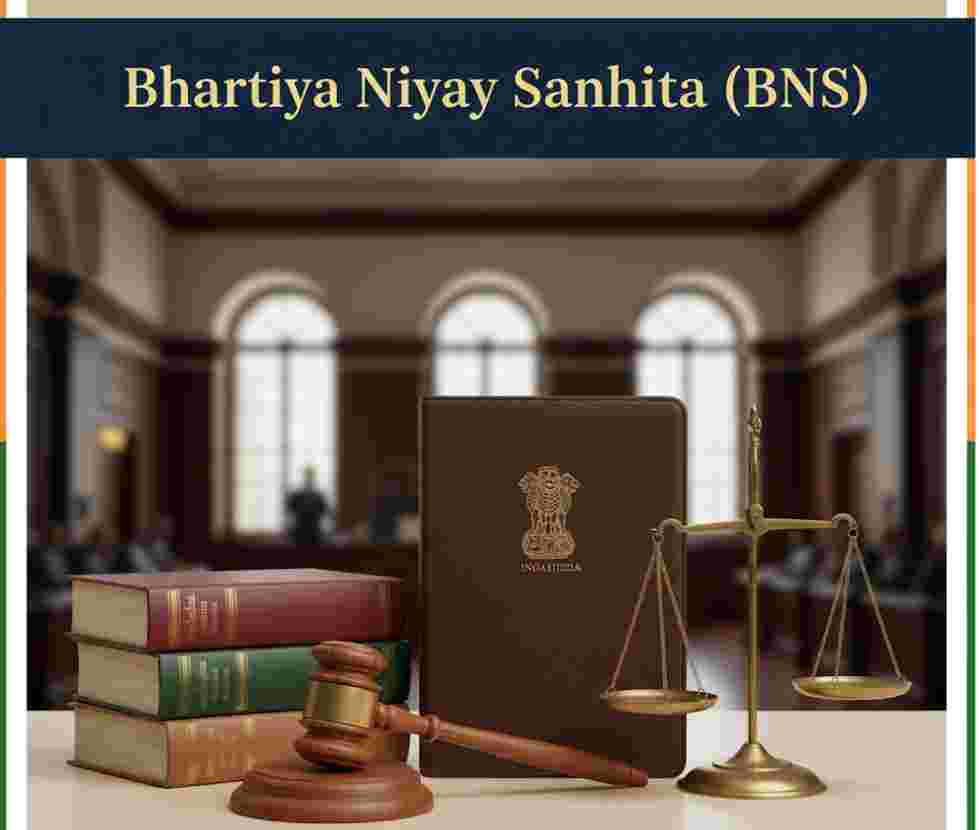
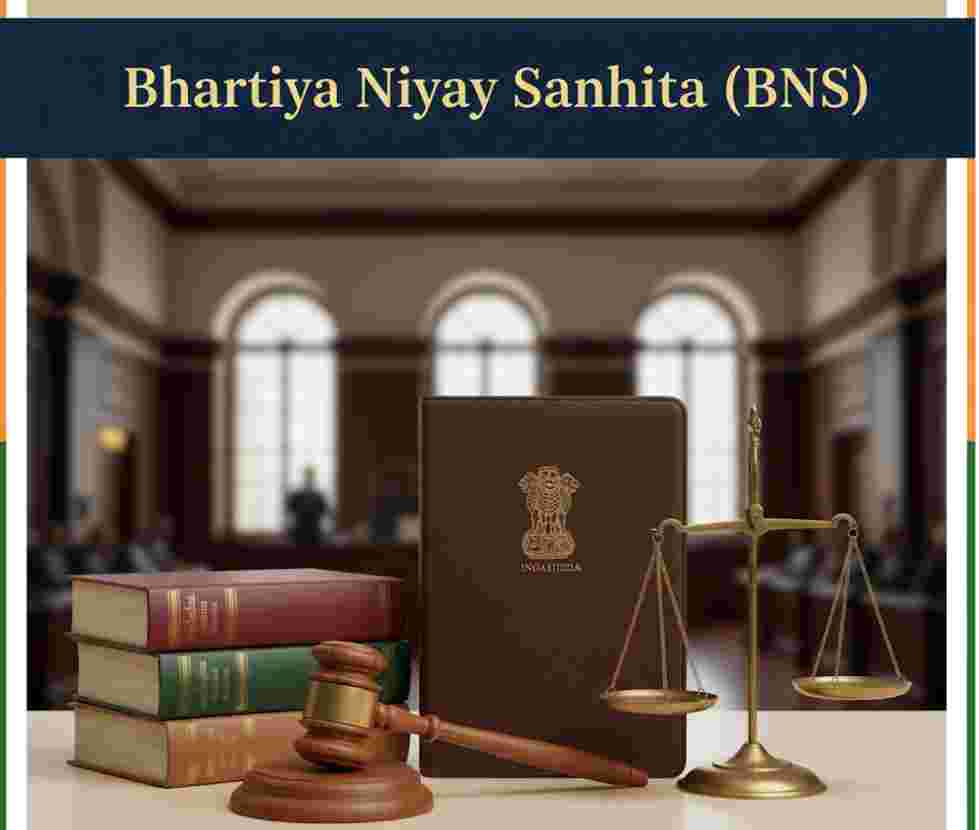
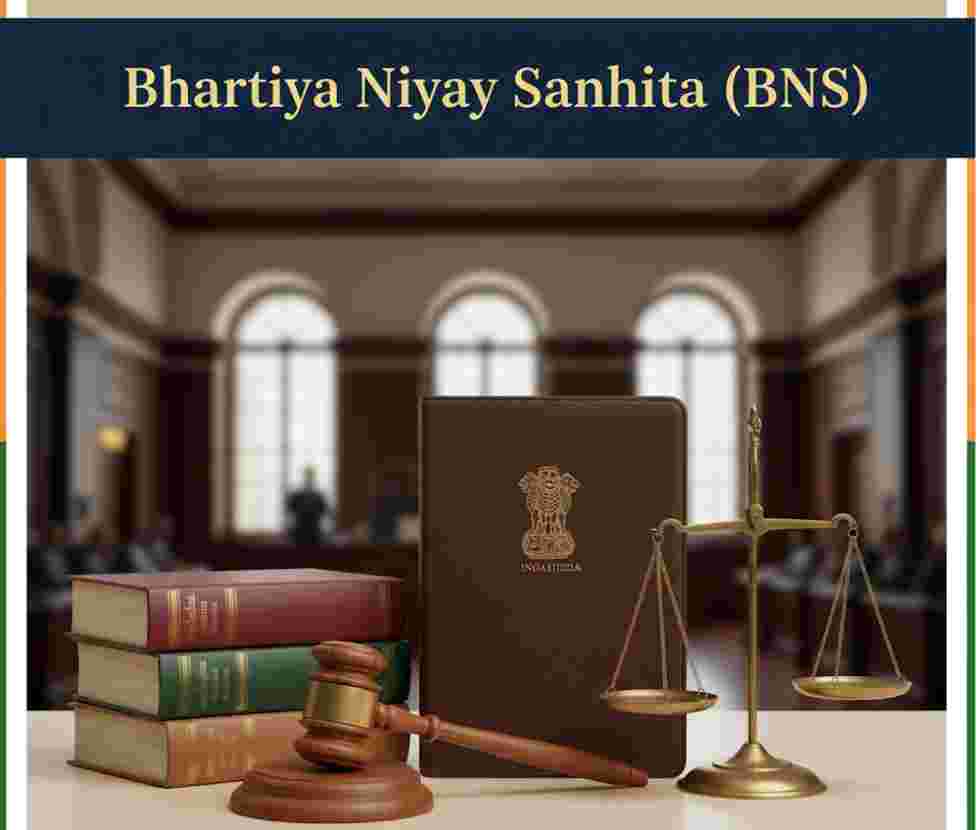

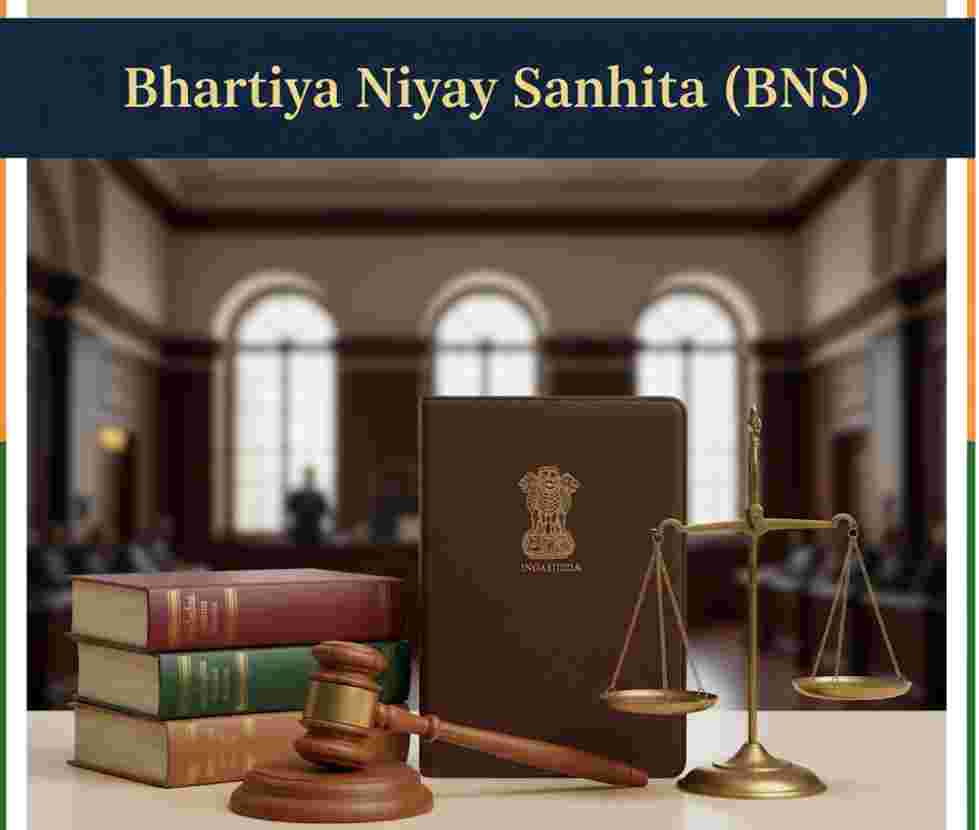

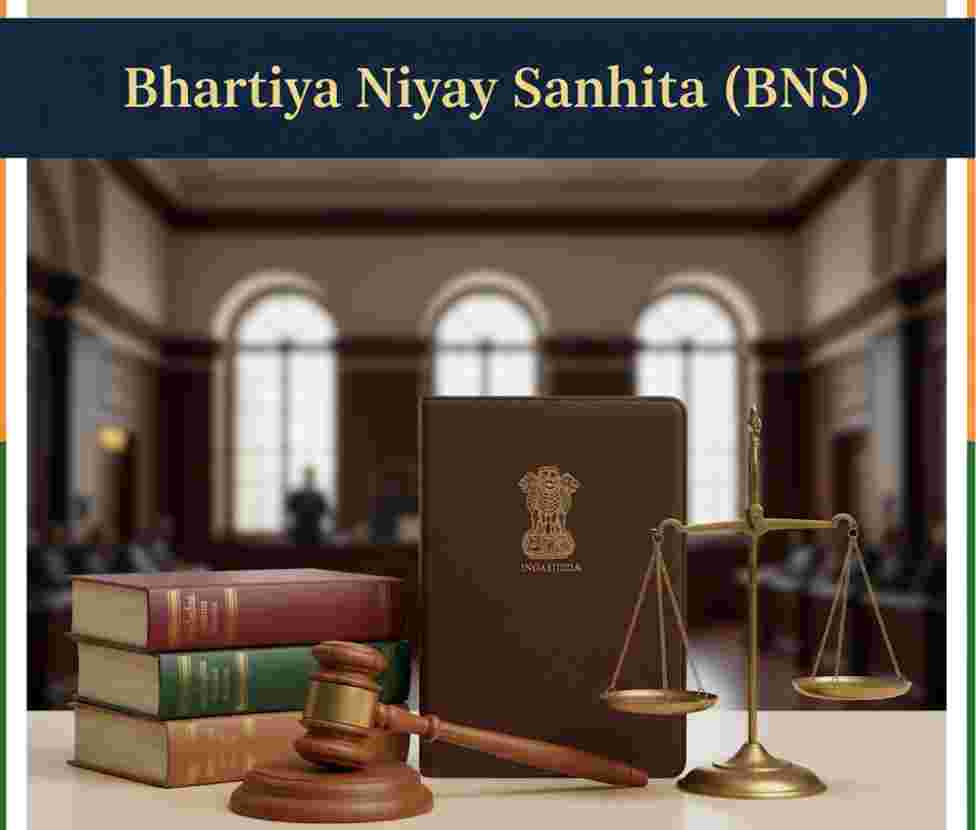
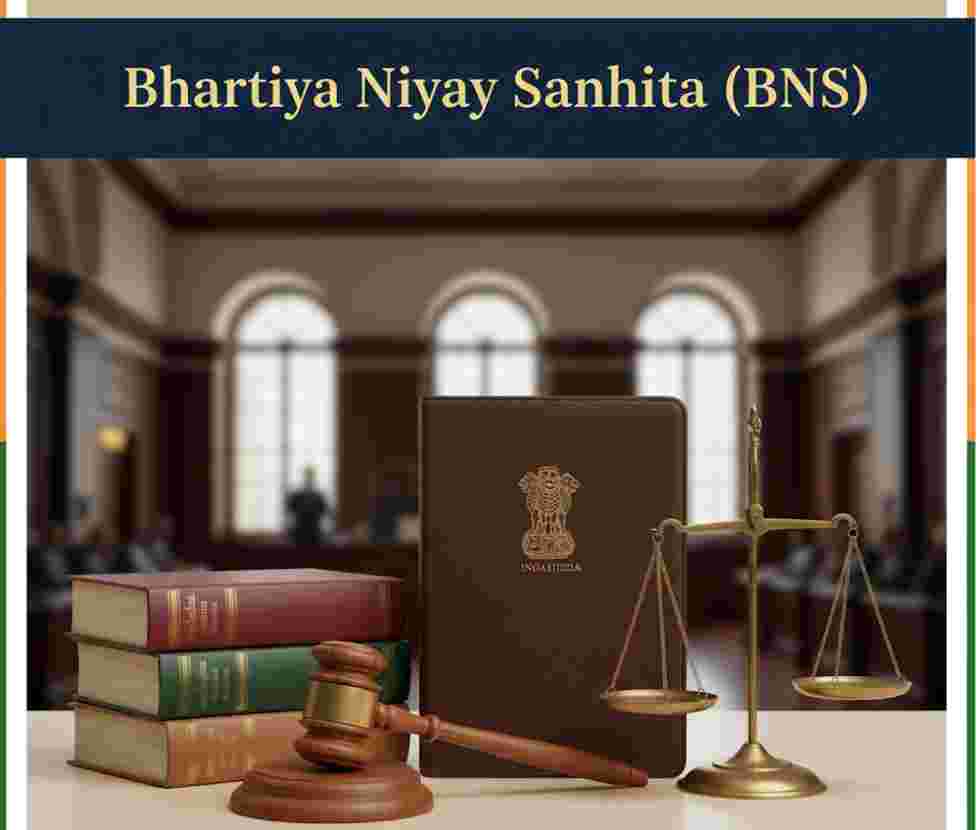
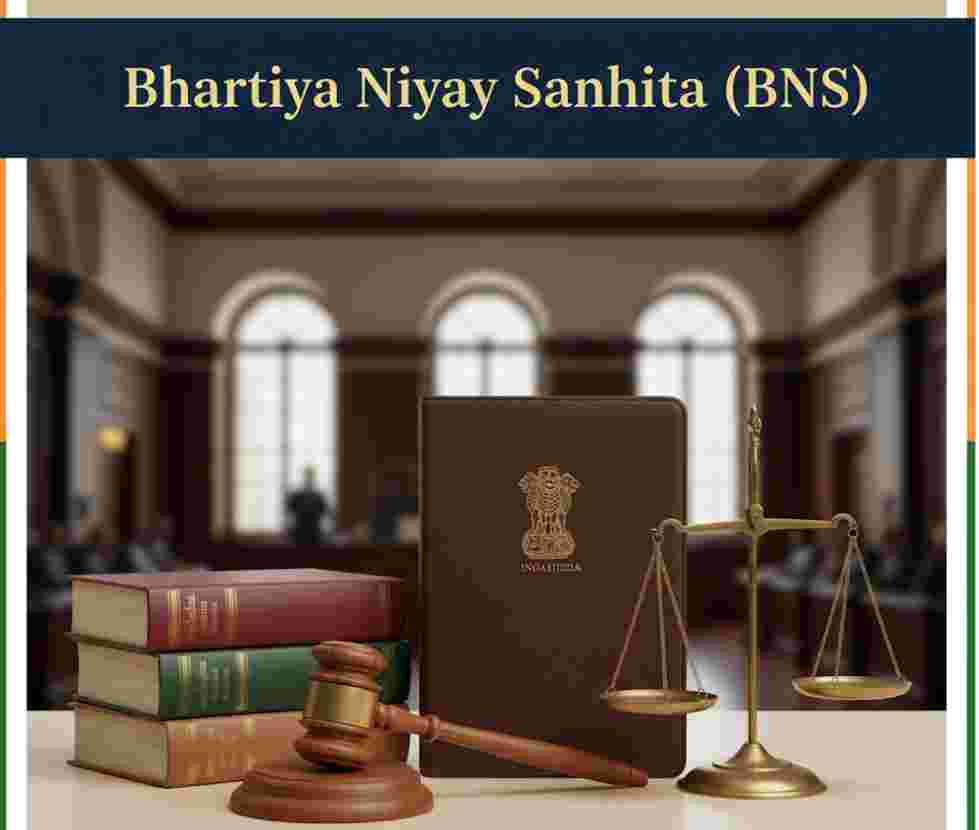
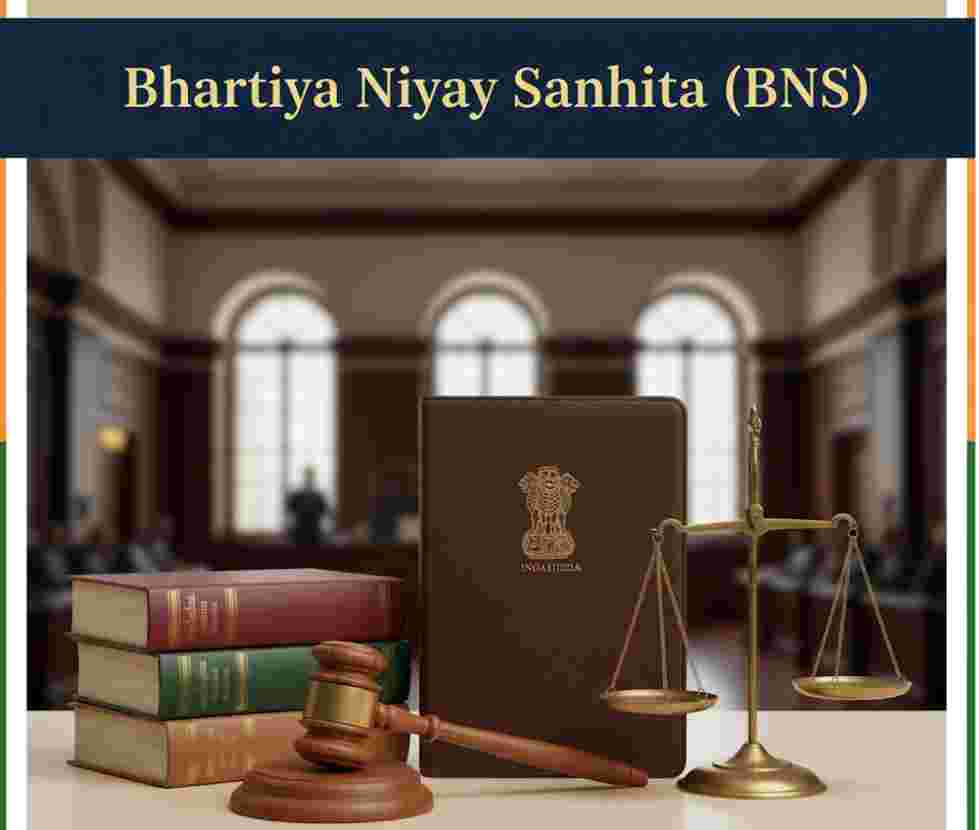
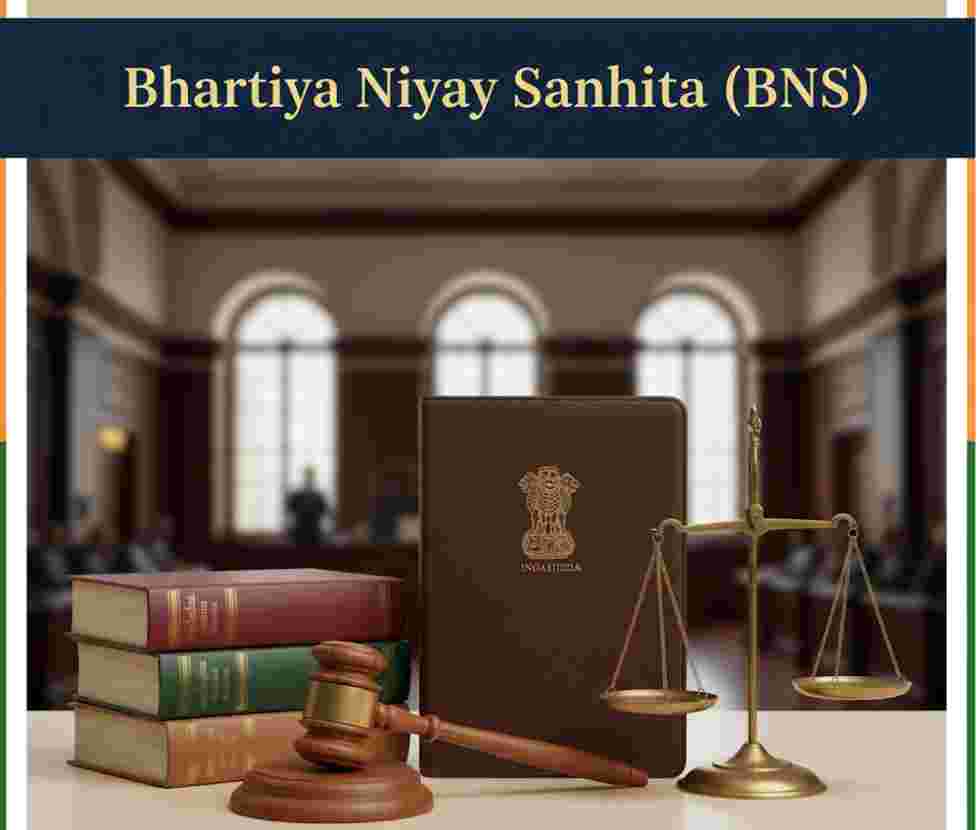
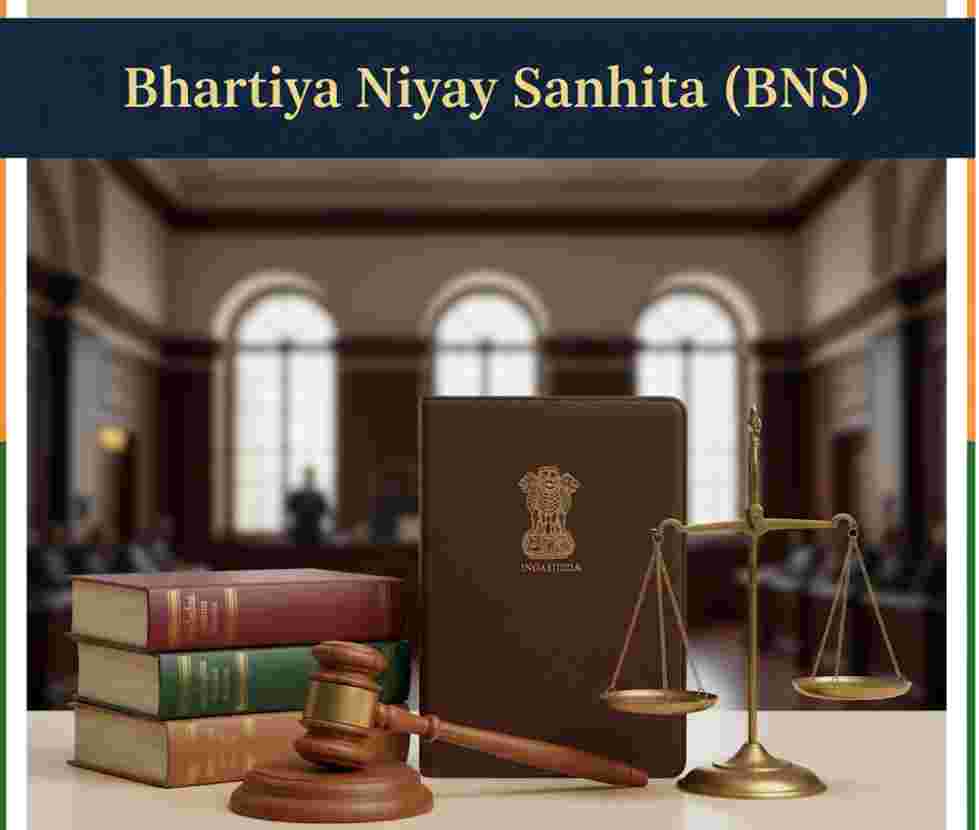
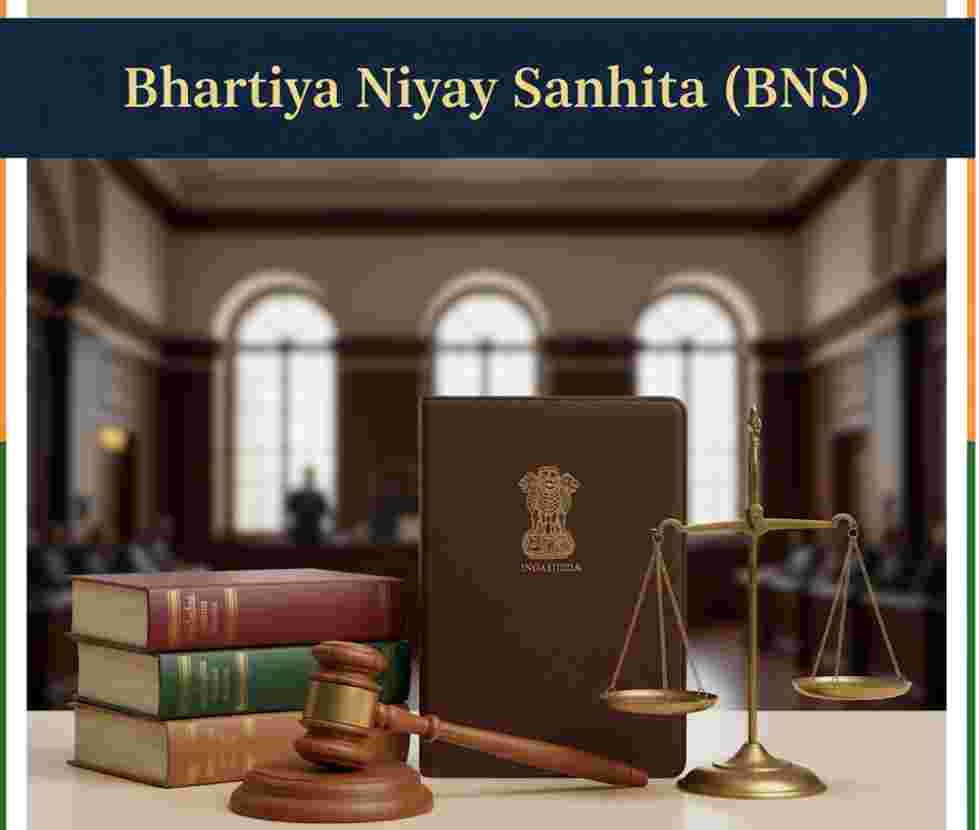

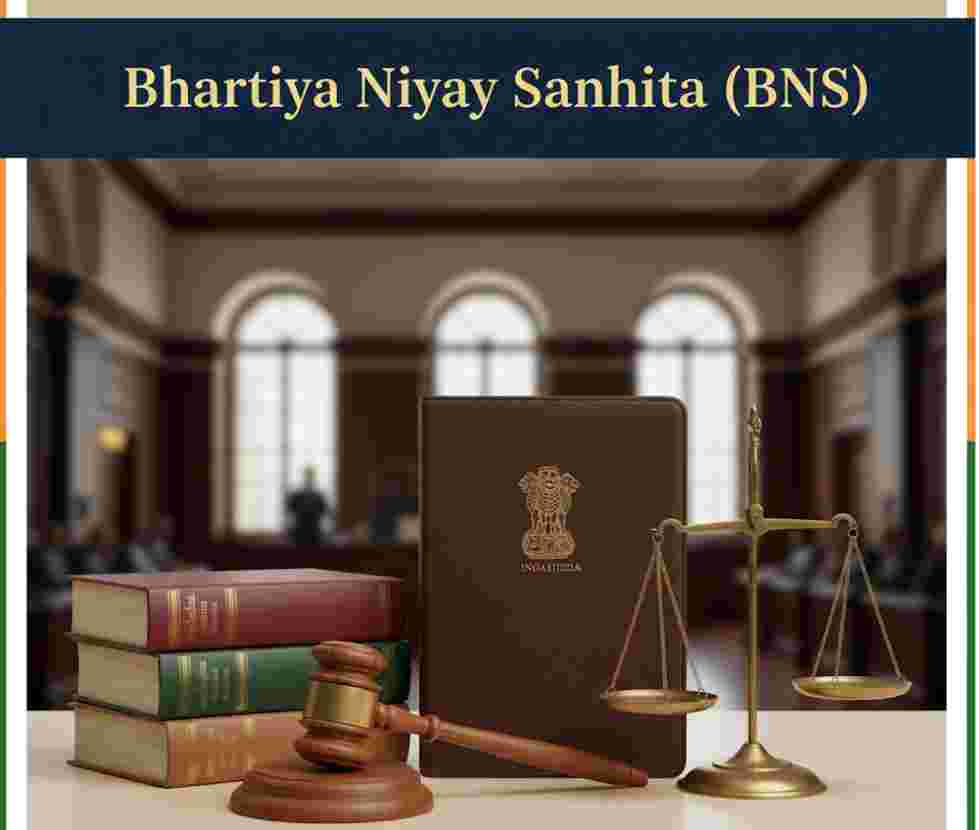
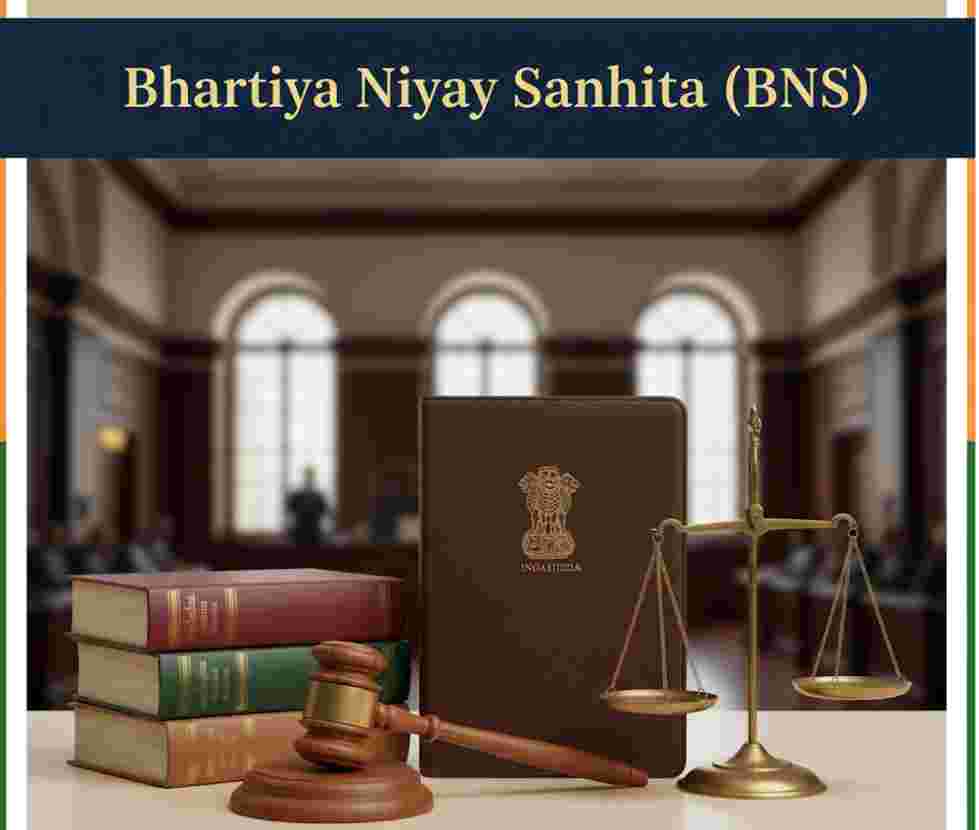
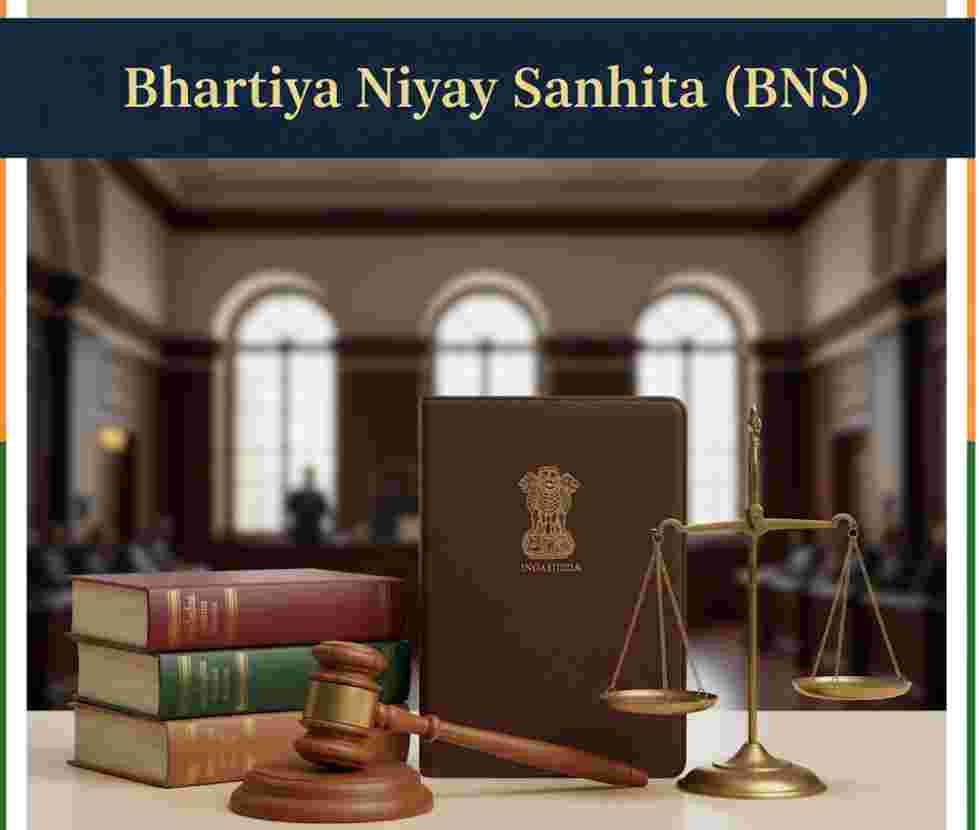
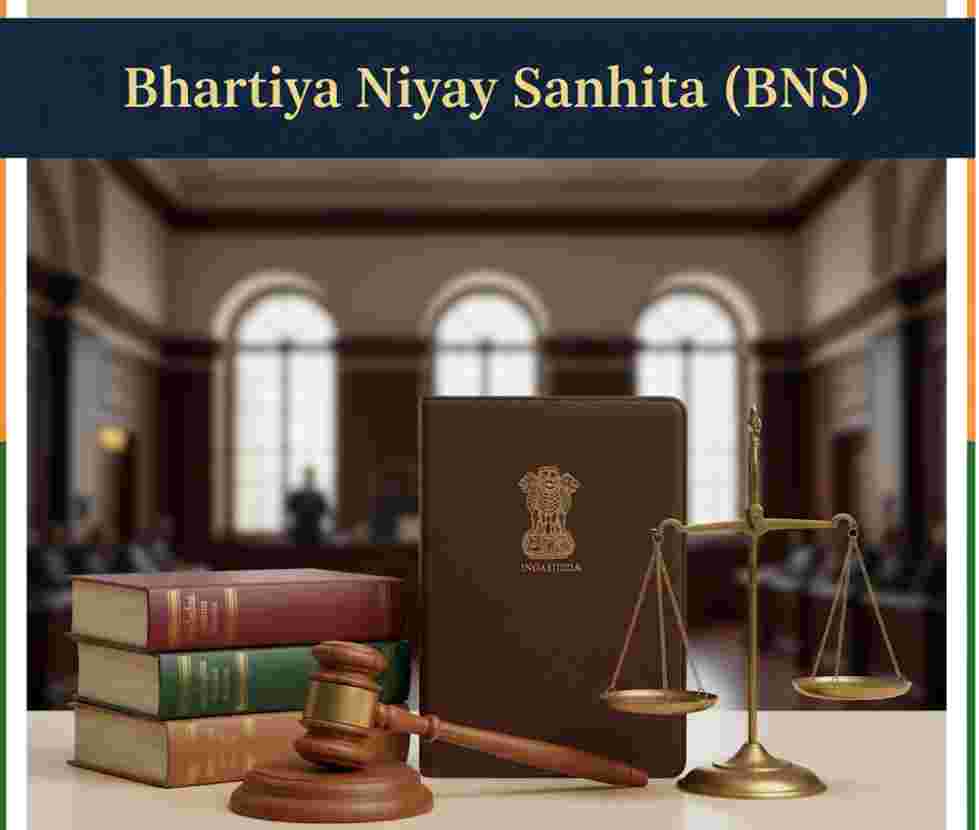
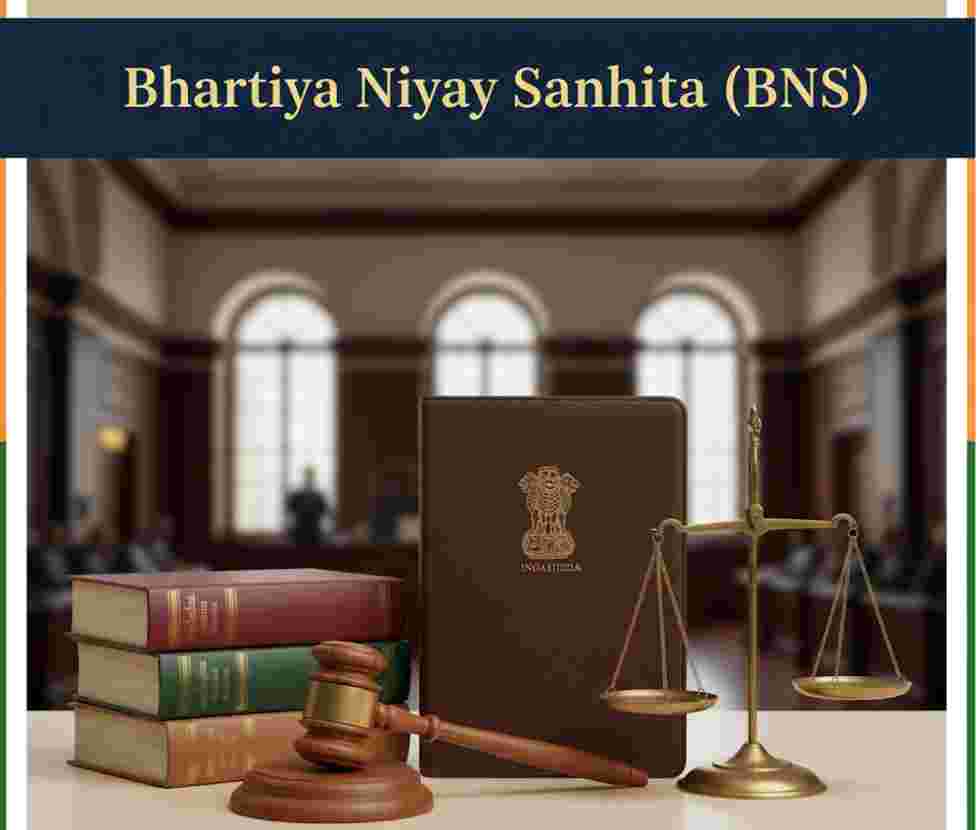


































































































Comment
Nothing for now